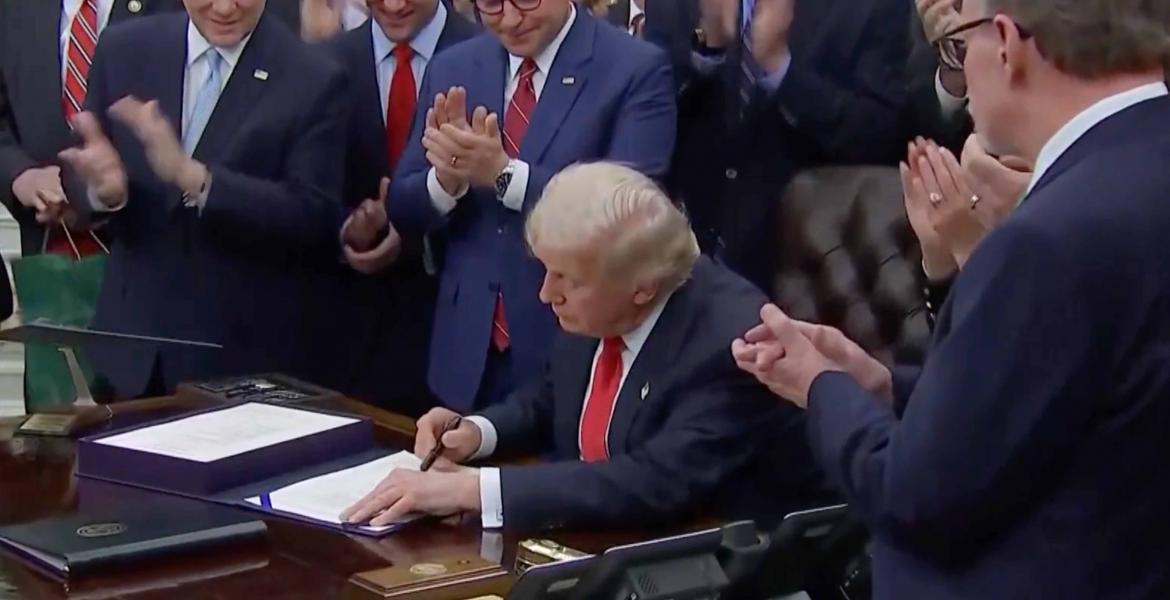WASHINGTON – Millions of Americans will lose an hour of sleep as daylight saving time begins on Sunday, March 9, 2025, at 2 a.m.
Clocks will “spring forward” by one hour, marking the transition to longer daylight hours in the evening. The next time change will occur on Sunday, Nov. 2, when clocks “fall back” to standard time.
Despite being observed for over 50 years, the biannual time change remains a topic of debate. Lawmakers have repeatedly attempted to make daylight saving time permanent, most notably through the Sunshine Protection Act. First introduced by Sen. Marco Rubio and Rep. Vern Buchanan in 2018, the bill has yet to pass into law despite several attempts. The largest step forward came in 2022 when it cleared the U.S. Senate, but a matching House bill stalled.
President Donald Trump recently renewed discussions about ending the time change, stating in a December social media post that he would push for eliminating daylight saving time.
Health experts, including the American Medical Association and the American Academy of Sleep Medicine, argue that permanent standard time would be healthier, as it better aligns with natural sleep cycles and sunlight patterns, information states.
Some states, such as Arizona and Hawaii, already opt out of daylight saving time, though federal law does not allow states to remain on daylight time year-round.
The concept of daylight saving time dates back to World War I when Germany implemented it to conserve energy. The U.S. first adopted it in 1918 under the Standard Time Act, and later, the Uniform Time Act of 1966 standardized its observance nationwide. In 2005, the schedule was extended under President George W. Bush, setting the current framework from the second Sunday in March to the first Sunday in November.
The U.S. has experimented with permanent daylight saving time twice—during World War II for energy conservation and again in 1974 as a “trial run” during an energy crisis. However, studies have shown mixed results, with a 2005 study finding that extended daylight saving time reduced national electricity consumption by only 0.5%.
Subscribe to the LIVE! Daily
Required






Post a comment to this article here: